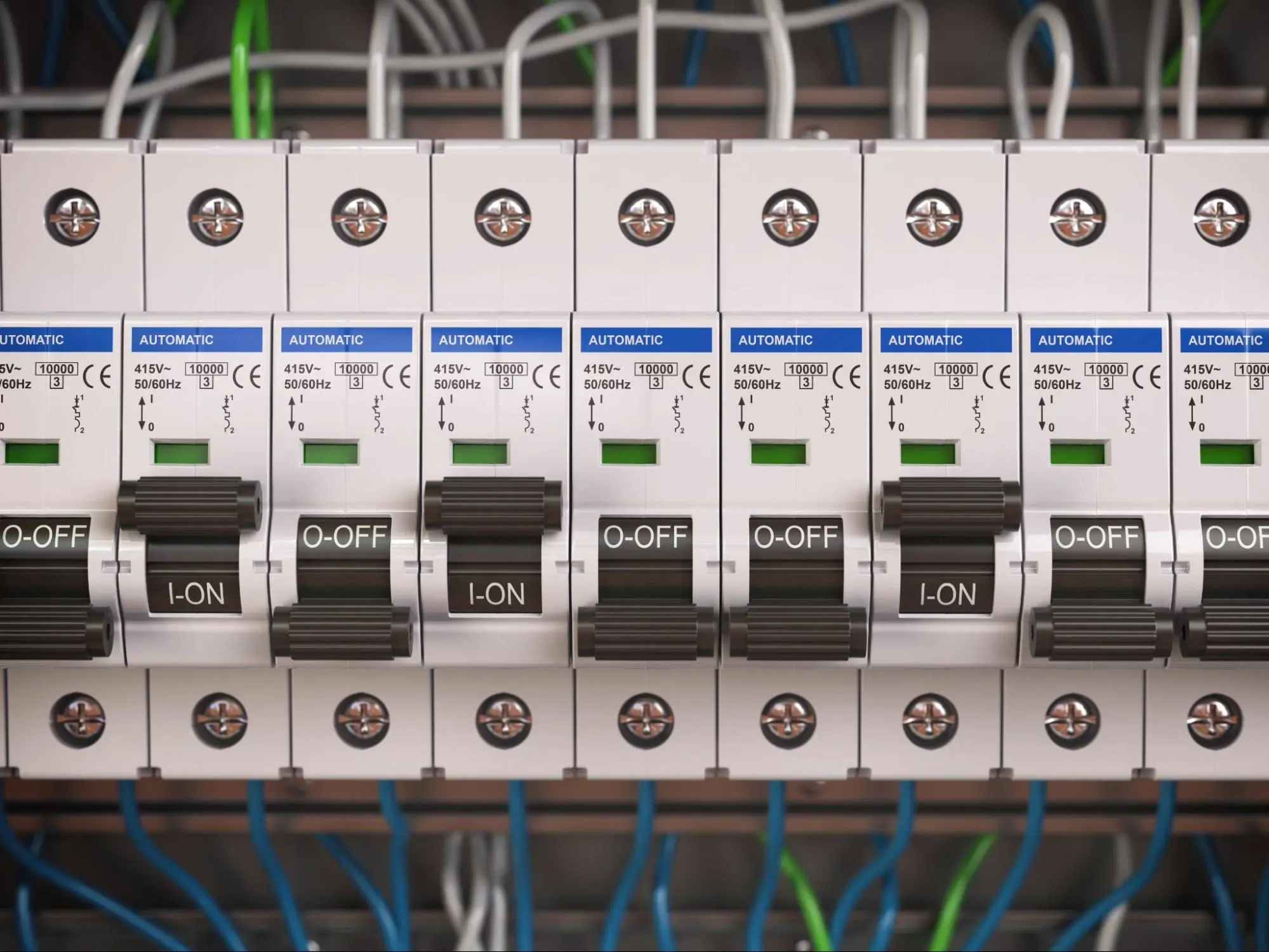
A circuit breaker that repeatedly trips is more than just an annoying inconvenience; it’s a sign of an issue within your electrical system that requires attention. The circuit breaker’s primary role is to safeguard your home from electrical hazards, so when it trips, it’s doing its job to prevent potential electrical fires or other dangers. Several factors can cause your breaker to trip, including circuit overload, short circuits, ground faults, or a malfunctioning breaker itself. Understanding why your circuit breaker trips and how to address the problem not only can save you from persistent trouble but also help ensure the safety of your home.
Troubleshooting the reasons behind a tripping circuit breaker is a critical skill for homeowners. It involves interpreting the signs your electrical system presents and knowing how to reset the breaker correctly. While some issues, like resetting a tripped breaker or reducing an overloaded circuit, are within the realm of DIY fixes, others, such as dealing with short circuits or faulty wiring, require the expertise of a licensed electrician. It’s essential to know when to tackle the problem yourself and when to call professionals for help, ensuring that you maintain a safe and functional electrical system.
In this section, you’ll learn precisely what a circuit breaker is and how it functions as a safety mechanism to prevent electrical fires.
A circuit breaker is an automatic electrical switch designed to protect an electrical circuit from damage caused by excess current resulting from an overload or short circuit. It works by interrupting the flow of electricity upon detecting a fault condition. Unlike a fuse, which operates once and then must be replaced, a circuit breaker can be reset to resume normal operation.
Circuit breakers play a crucial role in maintaining your safety by mitigating fire hazards. If an electrical overload or short occurs, a breaker will “trip”, effectively cutting off power to the affected circuit. This interruption in electrical flow stops excessive current that can cause overheating, which if left unchecked, could result in electrical fires. By acting as a safeguard, circuit breakers help to preserve both your electrical system and your physical safety
When your circuit breaker trips, it’s often due to preventable electrical issues within your home. Understanding why this happens is the first step in addressing the problem.
Overload occurs when you demand more electrical power from a circuit than it can handle. Common signs of an overloaded circuit include appliances that seem underpowered or lights that dim when you use other appliances. To rectify this, try:
A short circuit is a more serious issue marked by two wires touching that should not—an occurrence potentially hazardous and a common reason for tripping. This can result from a variety of issues including damaged wires or faulty appliances. If you notice a burning smell or scorched outlets, the next steps include:
Ground faults are similar to short circuits but involve a hot wire touching a ground wire or metal box. They often occur in areas at risk for moisture intrusion, such as kitchens or bathrooms. Manage ground faults by:
External power surges due to lightning or changes in the power grid and internal surges, when high-power appliances turn on and off, can trip breakers.
High-power appliances like microwaves, hair dryers, and air conditioners can trip breakers, particularly if other devices are used on the same circuit simultaneously.

If you’re faced with a tripped breaker, it’s crucial to approach the reset process with a focus on electrical safety to avoid hazards. Ensuring you follow the proper steps can safeguard both your well-being and your home’s electrical system.
Firstly, verify that there is no apparent danger in your surroundings. If you notice any unusual signs, such as scorch marks on outlets or a burning smell, do not attempt to reset the breaker; instead, consult a professional electrician. Additionally, ensure that the area around your electrical panel is dry to prevent the risk of electric shock.
follow these steps to reset your tripped breaker:
By taking these measures, you can reset your breaker safely and effectively. Remember to always prioritize safety when dealing with electrical issues. If the breaker trips again after you have reset it, or if you are unsure at any stage, it is essential to contact a qualified electrician.
To ensure the safety and reliability of your home’s electrical system, adopt a proactive approach. Regular maintenance can prevent circuit breaker issues while recognizing when professional intervention is necessary can save you from more extensive problems.
Conducting regular maintenance on your electrical system is pivotal to preventing unexpected circuit disruptions. At least once a year, inspect your electrical wiring, looking for signs of wear and tear. Test safety devices like GFCI outlets periodically to confirm they’re functioning properly.
If your home is older, it may be time to consider upgrading your electrical system. This could include replacing old wiring that can’t handle modern electrical loads or adding additional circuits. Upgrades provide not only enhanced safety but also improved functionality for your everyday power needs.
In certain scenarios, it’s crucial to entrust the job to a professional electrician like Kaminskiy Care and Repair. Tasks like diagnosing frequent breaker trips, repairing faulty wiring, or upgrading your electrical panel should be handled by a qualified electrician to ensure the work adheres to code and maintains your safety.
Understanding why your circuit breaker keeps tripping is essential for maintaining a safe and functional electrical system in your home. From overloaded circuits to faulty appliances, each cause has a specific solution. Regular checks and maintenance can help you avoid these issues and the inconveniences they bring.
For expert advice and professional service, contact Kaminsky Care and Repair. Our skilled electricians can help you diagnose and fix any electrical issues, ensuring your home remains safe and your power is uninterrupted. Trust us to provide reliable solutions tailored to your needs. Remember, dealing with electrical systems can be hazardous. Always consider professional help for complex issues to ensure safety and efficacy.
When addressing issues with your circuit breaker, understanding the potential causes of tripping can be crucial in finding the right solution.
Even with no appliances connected, your circuit breaker may trip due to wiring issues such as a ground fault or damage to the insulation of the wires within the affected circuit.
A circuit breaker that frequently trips could signify a serious electrical problem, such as a potential fire hazard due to overloaded circuits or faulty wiring.
If your breaker trips immediately after resetting, this could indicate a direct short circuit or a ground fault in one of the connected appliances or within the circuit wiring itself.
Check for overload by unplugging all devices and then reconnecting them one at a time. Also, inspect outlets and switches for signs of damage, scorch marks, or loose connections.
Yes, a circuit breaker can trip after a period due to a slow-building overload or a thermal trip caused by a heating issue within the breaker itself.
Begin by documenting when the trips occur to identify any patterns. Then, systematically test the devices and outlets on the circuit, looking for worn cords or plugs, and inspect the breaker itself for signs of damage or wear.